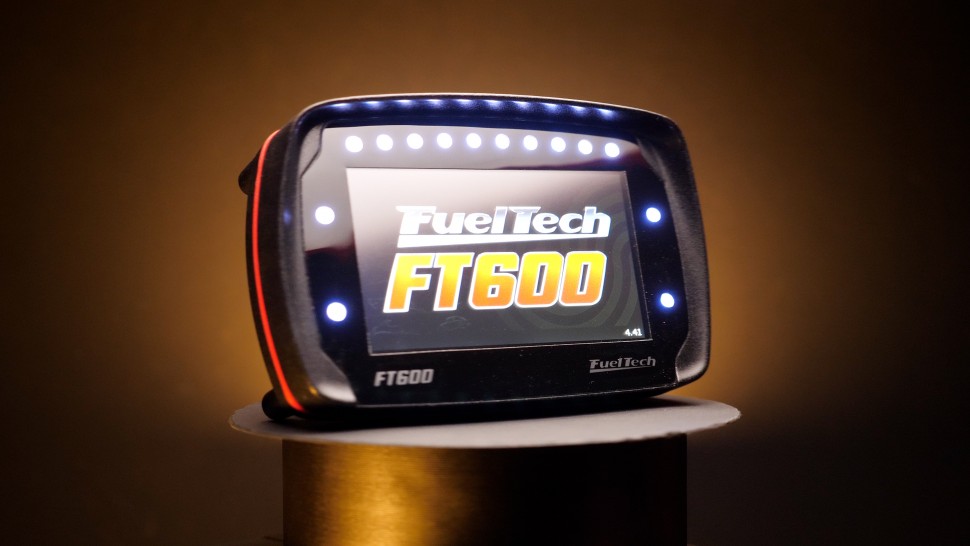| 00:00 |
Just like our previous step of slicing or cam work, the actual printing process is a step that we might not be doing ourselves.
|
| 00:07 |
While the majority of printing jobs are done on FDM or SLA machines, which there's a good chance we'll have, for many SLS or SLM projects, the manufacturing will likely be outsourced.
|
| 00:20 |
The reality is that either way it's all fairly easy going.
|
| 00:24 |
The beauty of CNC machines is that the printer does the hard work for us, assuming we've got everything correctly set up until this point of course.
|
| 00:33 |
The process picks up where we finished in the last module, with transferring our print file to the printer either wirelessly or via USB.
|
| 00:41 |
We can also start the print wirelessly from our slicing software like in Bamboo Studio for example, or an intermediate application like Chitoo Manager.
|
| 00:52 |
First though, we need to ensure the machine is set up, clean, level, loaded with material and ready to print.
|
| 00:58 |
Some models and printers will have cameras to monitor the print process and use AI to detect failures and pause the process should anything go wrong.
|
| 01:07 |
More budget friendly machines often don't have the same level of failure detection so it's worth keeping an eye on the print throughout the process.
|
| 01:15 |
Once the print is complete we can remove it from the build plate.
|
| 01:18 |
For FDM this can be done using a plastic blade, or alternatively many build plates can be removed and flexed to help the part to remember to wear appropriate PPE before removing the build plate from the printer and then breaking the part free with a plastic blade.
|
| 01:37 |
SLS parts are usually easily removed by hand after brushing away the excess powder, whereas SLM parts need to be cut from the build plate, but again it's very unlikely we'll be doing this ourselves.
|
| 01:50 |
Any supports can also be broken off by hands or sometimes with the help of other tools like pliers or flush cutters depending on how you use them.
|
| 01:59 |
At this point it's good practice to clean the print bed with some isopropyl alcohol to remove any residue left by adhesives or even just dirty hands.
|
| 02:07 |
This way we know the printer is ready to go for the next job.
|
| 02:11 |
For SLA printers we might want to drain the leftover resin back into its container through a filter if we don't plan on printing again with the same resin any time soon.
|
| 02:21 |
We'll carry on with the finishing processes for our parts in the next module, so let's summarise what we've covered.
|
| 02:27 |
Having done all our setup and preparation work the CNC aspect of 3D printing makes the actual printing process relatively autonomous.
|
| 02:36 |
After slicing we can either send our file to the printer wirelessly using a memory stick or sometimes with a wired connection and then start the print.
|
| 02:45 |
Some machines will monitor the process using cameras to detect failures and will pause the print should anything go wrong.
|
| 02:52 |
After a successful print the part can be removed from the print bed, any support material can be broken off, and the printer cleaned so it's ready for its next job.
|





